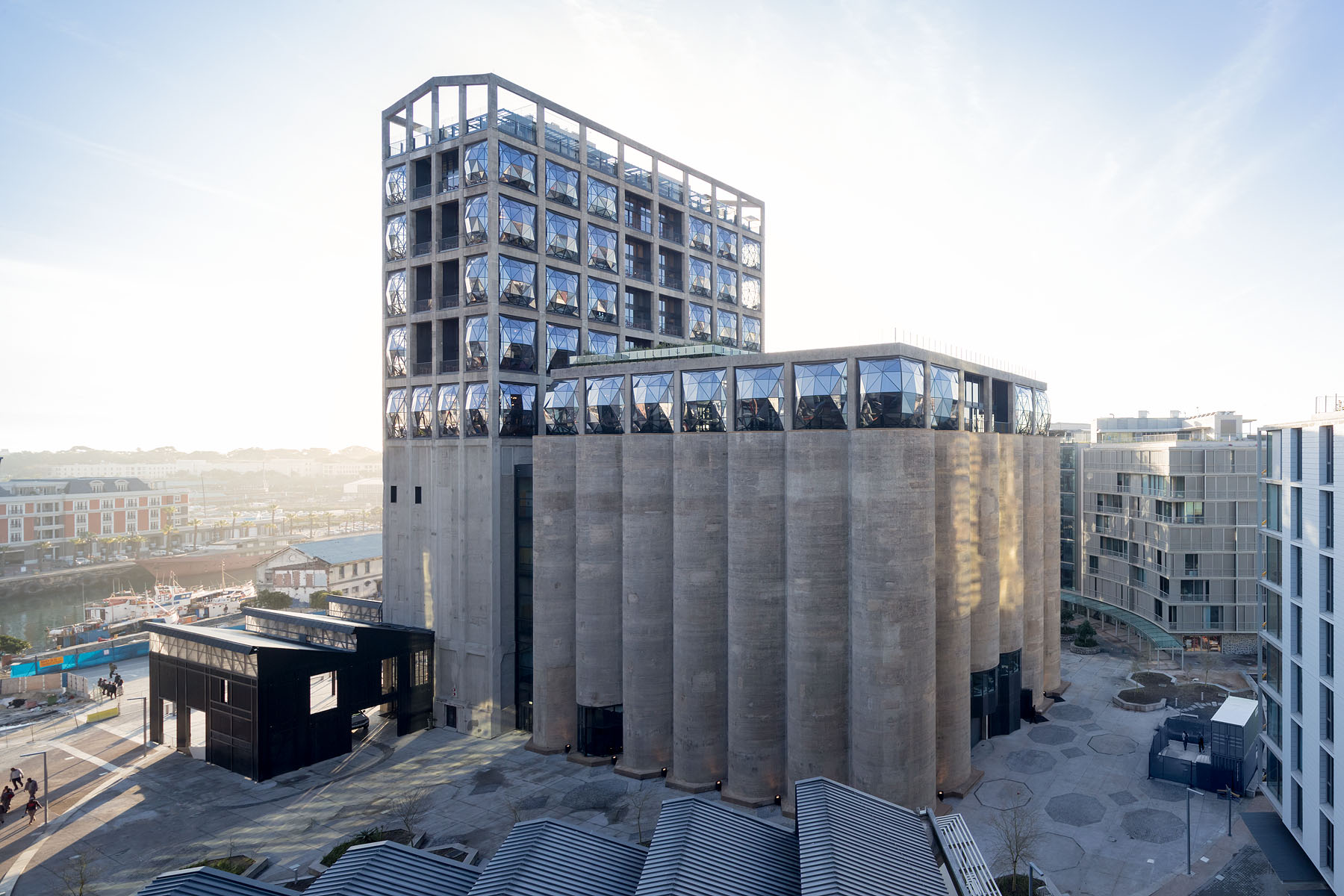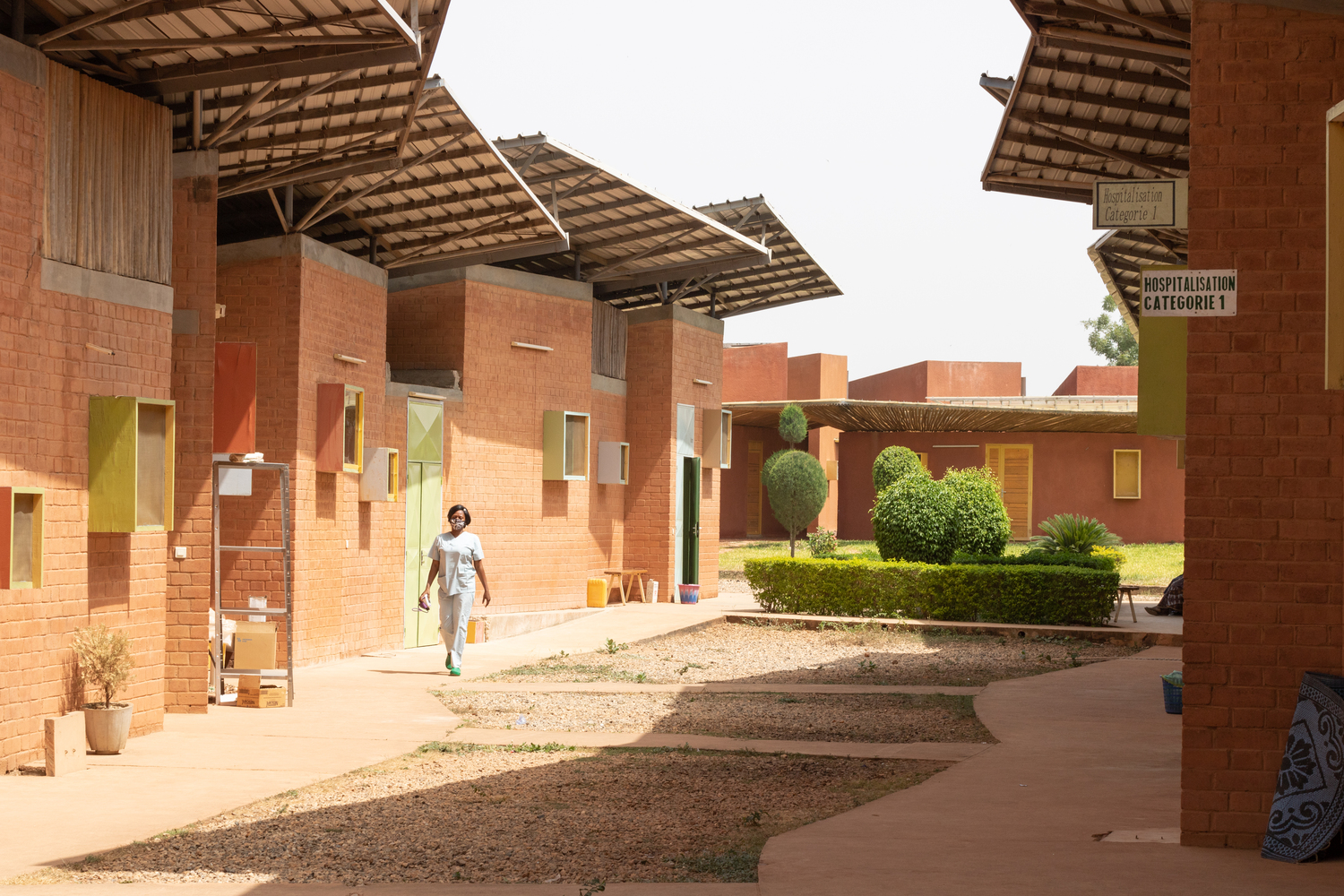African architecture boasts a rich and diverse history, spanning from the pre-colonial era to the present day. As the continent has evolved over time, so too has its architectural style, adapting to the changing needs and preferences of its people. In recent years, contemporary African architecture has emerged as a prominent and influential force, blending traditional and innovative approaches to create structures that are both aesthetically pleasing and functional. This essay aims to provide a comprehensive exploration of the rise of contemporary African architecture, placing particular emphasis on the seamless integration of tradition and innovation.
Throughout the pre-colonial era, African architecture was characterized by its unique styles, varying from region to region. From the distinctive mud-brick dwellings of the Sahelian region to the coral stone houses of the Swahili coast, these traditional designs were deeply ingrained in the continent’s cultural fabric. The arrival of European colonial powers brought with it significant changes to the African architectural landscape, as Western-style buildings were constructed to serve the administrative, commercial, and religious needs of the colonizers. In the post-colonial era, a quest for national identity led to the development of new architectural styles, inspired by both indigenous and international influences.
The rise of contemporary African architecture has been driven by a multitude of factors, including globalization, technological advancements, and a growing awareness of the importance of sustainable design. As a result, today’s architects are increasingly seeking to strike a balance between preserving the continent’s architectural heritage and embracing new and innovative ideas.

Traditional African Architectural Elements
Vernacular architecture forms the foundation of traditional African design. Reflecting the various cultural and climatic conditions of the continent, vernacular architecture is characterized by its use of local materials and its adaptation to the surrounding environment. For example, the earthen walls and thatched roofs found in West African homes provide natural insulation against the region’s extreme heat, while the stilted houses of the Niger Delta protect inhabitants from seasonal flooding.

In addition to being shaped by environmental factors, traditional African architecture is also influenced by the availability of local materials. Earth, timber, and stone have long been used in the construction of homes, with techniques such as mud-brick building and wattle-and-daub construction proving popular due to their low cost and sustainability.
Innovative Approaches in Contemporary African Architecture
Contemporary African architecture is marked by its commitment to sustainable design, with many architects striving to create buildings that are both environmentally friendly and energy-efficient. Green buildings, for instance, incorporate features such as solar panels, rainwater harvesting systems, and natural ventilation, helping to minimize their ecological footprint.
Adaptive reuse and preservation are also key aspects of contemporary African architecture, as architects work to restore heritage sites and repurpose colonial buildings. This approach not only helps to conserve valuable historical resources but also serves to bridge the gap between the past and the present, demonstrating the potential for innovation within a traditional context.
Notable Contemporary African Architects and Their Works
- David Adjaye
- Smithsonian National Museum of African American History and Culture
- Aïshti Foundation, Beirut
- Sugar Hill Mixed-Use Development, Harlem, New York
- Francis Kéré
- Gando Primary School, Burkina Faso
- Serpentine Pavilion, London
- Lycée Schorge Secondary School, Burkina Faso
- Mokena Makeka
- Museum of Modern Art Africa (MOCAA), Cape Town
- Cape Town Station Redevelopment, Cape Town
- Dieébédo Francis Kéré
- Gando Primary School, Burkina Faso
- Serpentine Pavilion, London
- Kunlé Adeyemi
- Makoko Floating School, Lagos, Nigeria
- Chicoco Radio Station, Port Harcourt, Nigeria
- Mariam Kamara
- Hikma Religious and Secular Complex, Dandaji, Niger
- Niamey Cultural Center, Niger
The Impact of Contemporary African Architecture on Urban Development
Urban planning and design play a significant role in shaping the modern African landscape. Contemporary African architecture often emphasizes the creation of mixed-use developments and inclusive public spaces, fostering a sense of community and cohesion. These projects aim to strike a balance between functionality and aesthetic appeal, promoting a more equitable and vibrant urban environment.
Addressing housing challenges is another crucial aspect of contemporary African architecture, with architects exploring innovative solutions to provide affordable housing and upgrade informal settlements. By leveraging local materials, sustainable construction techniques, and community-driven design, these projects help to improve living conditions for millions of people across the continent.
In conclusion, The rise of contemporary African architecture serves as a testament to the power of blending tradition and innovation. By drawing on the continent’s rich architectural heritage while embracing cutting-edge design principles, contemporary African architects are crafting a built environment that is both culturally authentic and forward-looking.
Contemporary African architecture plays a vital role in preserving cultural identity, ensuring that the unique characteristics of traditional design are not lost in the face of globalization. Furthermore, by championing sustainable and socially responsible practices, contemporary African architecture contributes to the development of more resilient and inclusive communities.
With its unique fusion of past and present, contemporary African architecture holds the potential to shape the future of the African built environment, creating spaces that are both meaningful and inspiring for generations to come.

The Rise of Contemporary African Architecture: Blending Tradition and Innovation | Proposal for ‘floating urbanism’ in Lagos by Kunlé Adeyemi. FAQs
What are examples of contemporary architecture? Contemporary architecture refers to the architectural style of the present day, characterized by its innovative use of materials, sustainable design, and emphasis on form and function. Examples of contemporary African architecture include the Smithsonian National Museum of African American History and Culture, the Makoko Floating School, and the Museum of Modern Art Africa (MOCAA).
What are the 3 styles in contemporary architecture? Three notable styles in contemporary architecture include Deconstructivism, Parametricism, and High-Tech architecture. These styles are known for their innovative use of materials, complex geometries, and focus on sustainable design principles.
What is African architecture called? There isn’t a specific term for African architecture, as it encompasses a wide range of styles and traditions that vary depending on the region and cultural influences.
What are the 4 key elements of contemporary architecture? The four key elements of contemporary architecture are: sustainable design, innovative use of materials, integration of technology, and the emphasis on form and function.
What are the characteristics of African architecture? African architecture is characterized by its diversity, with styles and materials varying depending on the region, climate, and cultural influences. Common characteristics include the use of local materials, vernacular design, and adaptation to environmental conditions.
What is the most famous architecture in Africa? Some of the most famous architectural landmarks in Africa include the Great Pyramids of Giza in Egypt, the Great Mosque of Djenné in Mali, and the ancient city of Timbuktu.
How did Africans influence architecture? African architectural styles and techniques have been influential in shaping both the built environment and the broader field of architecture. Traditional African design principles, such as the use of local materials and adaptation to the environment, have informed sustainable design practices and inspired architects around the world.





 No products in the basket.
No products in the basket.